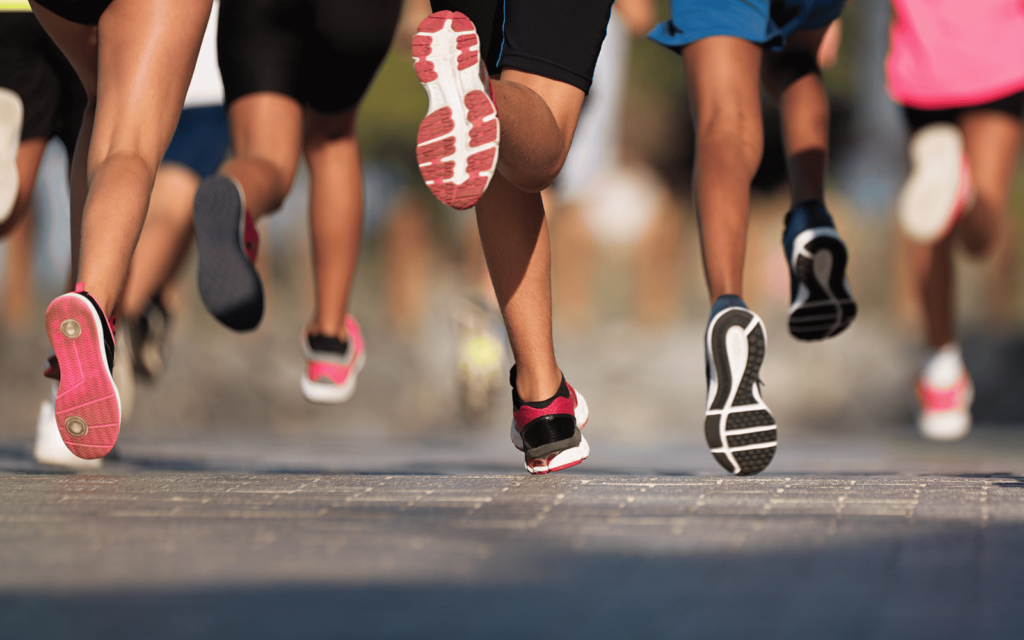You’ve told yourself that 2023 is the year that you’ll start running and actually stick it out past the third week of January. We’ve all been there. Sometimes it’s easy. Sometimes it’s a chore to drag your tired carcass outside the house. But it’s worth it in the end. But, as with a gym membership, sometimes it takes a little financial investment to get you to follow through.
Or perhaps you can use this batch of technologically advanced running gear to improve on an already solid foundation. And, if you do happen to throw in the cooling towel, at the very least you’ll be super comfortable as you shuttle between the TV and the kitchen. We won’t judge. But if you do happen to head to Parkrun a few more times this year, this is what you should take with you.
Thinking on your feet
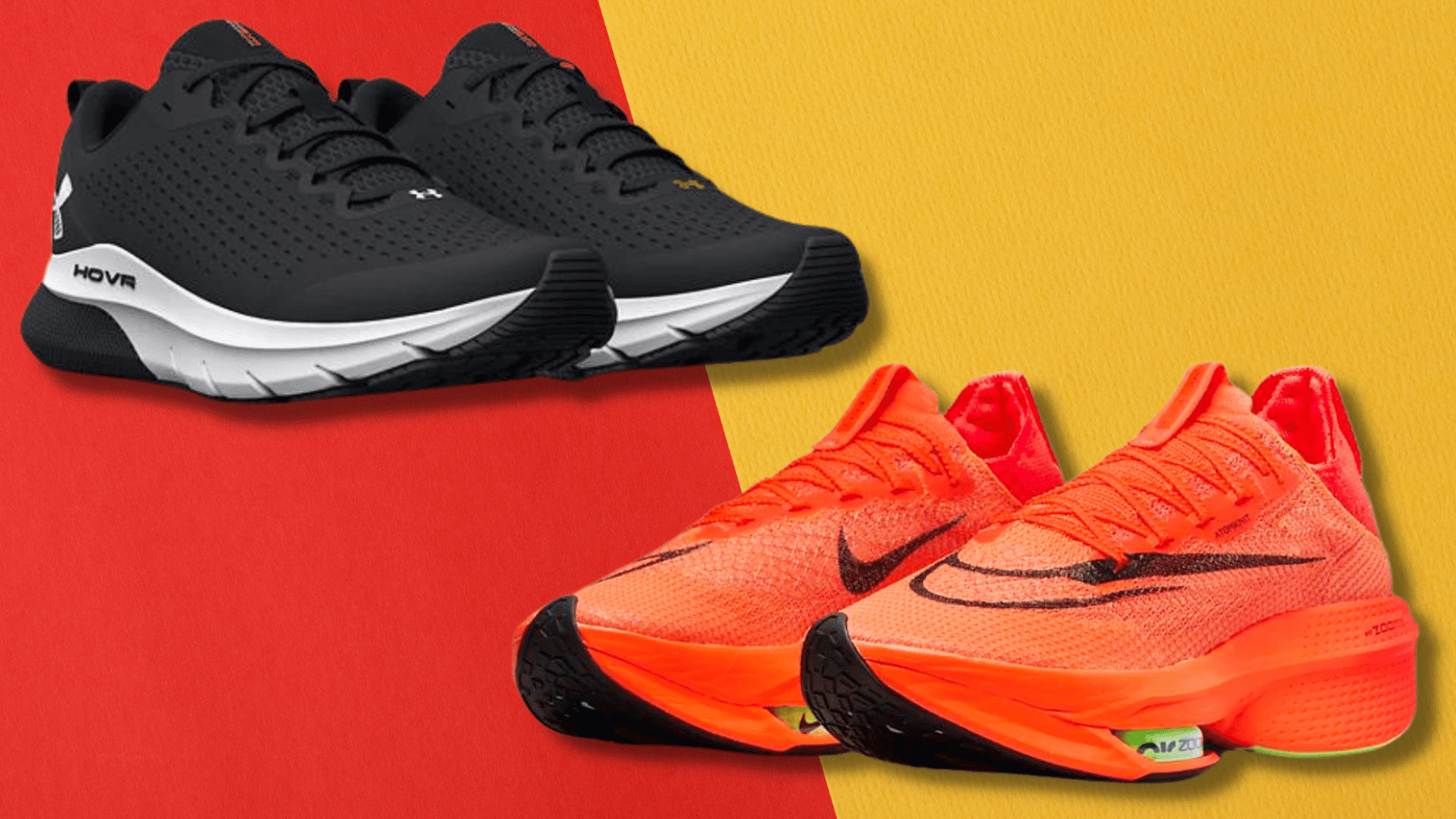
Sure, you could pound the pavement in a pair of Crocs or some Converse All Stars. You can even go barefoot if you want to. But choosing running shoes is a major decision if you’re planning on racking up the kilometres. It’s best to visit a physical store and have a professional assess your feet. Some shoes will cause harm instead of helping, in the event that you’ve got unusual pronation happening.
Most folks will be okay with neutral shoes, however. That’s where the budget comes in. Sure, you could cheap out and spend four hundred bucks on a pair of budget shoes but if you’re looking to elevate your game, you can should be aiming (financially) higher. Check out Under Armour’s HOVR Turbulance (R2,000, Mens | Ladies) for a balanced running shoe that isn’t going to break the bank. There’s enough comfort to get you on the road and enough bounce to keep you there for longer. If, on the other hand, you’re a little obsessive (and have money to burn), the horribly-named Nike Air Zoom Alphafly NEXT% 2 (R5,900, Mens | Ladies) could be for you. These marathon-tested (kinda) shoes will definitely speed you up but you’ve still got to put the training hours in.
Eyes on the prize
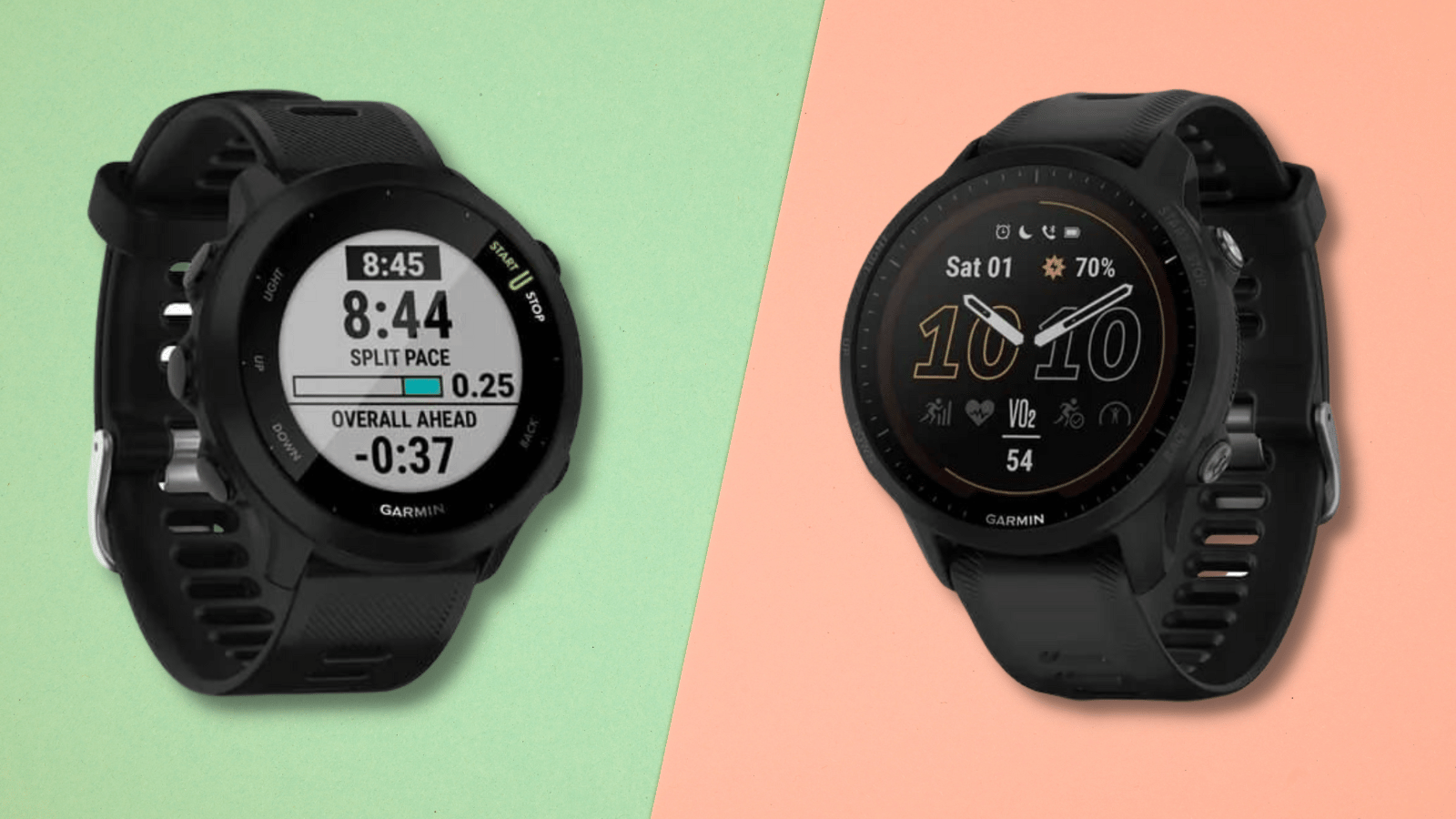
What good are a decent pair of shoes and a fresh new running habit if you can’t keep track of how you’re doing? Wearables are ideally suited for this sort of thing, with the added bonus that you’re probably already wearing something useful. Rocking one of the many Fitbits on the market or an Apple Watch? Skip over this section (if you’re still a beginner). You’re going to make it. But if you’re planning to, or already, take this more seriously, then a dedicated running watch is a good idea.
Both of our options come via Garmin. They’re also both in Garmin’s Forerunner lineup. Because that’s where the company keeps its running wearables. The major difference? The price. And the features. And the battery life. Actually, there’s quite a bit of difference but unless you’re planning on becoming a marathon man (or woman), you can stick to the lower end of the scale. The R3,300 Garmin Forerunner 55 has a built-in GPS, two weeks of battery, personalised training suggestions, and multiple activity tracking. Spend R13,000 on a Forerunner 955 Solar and you’ll get a complete smartwatch experience, advanced training, plus up to 49 hours of GPS mode thanks to the solar panel inside the touchscreen. It’s an investment, sure, but a welcome one.
Listen to your body
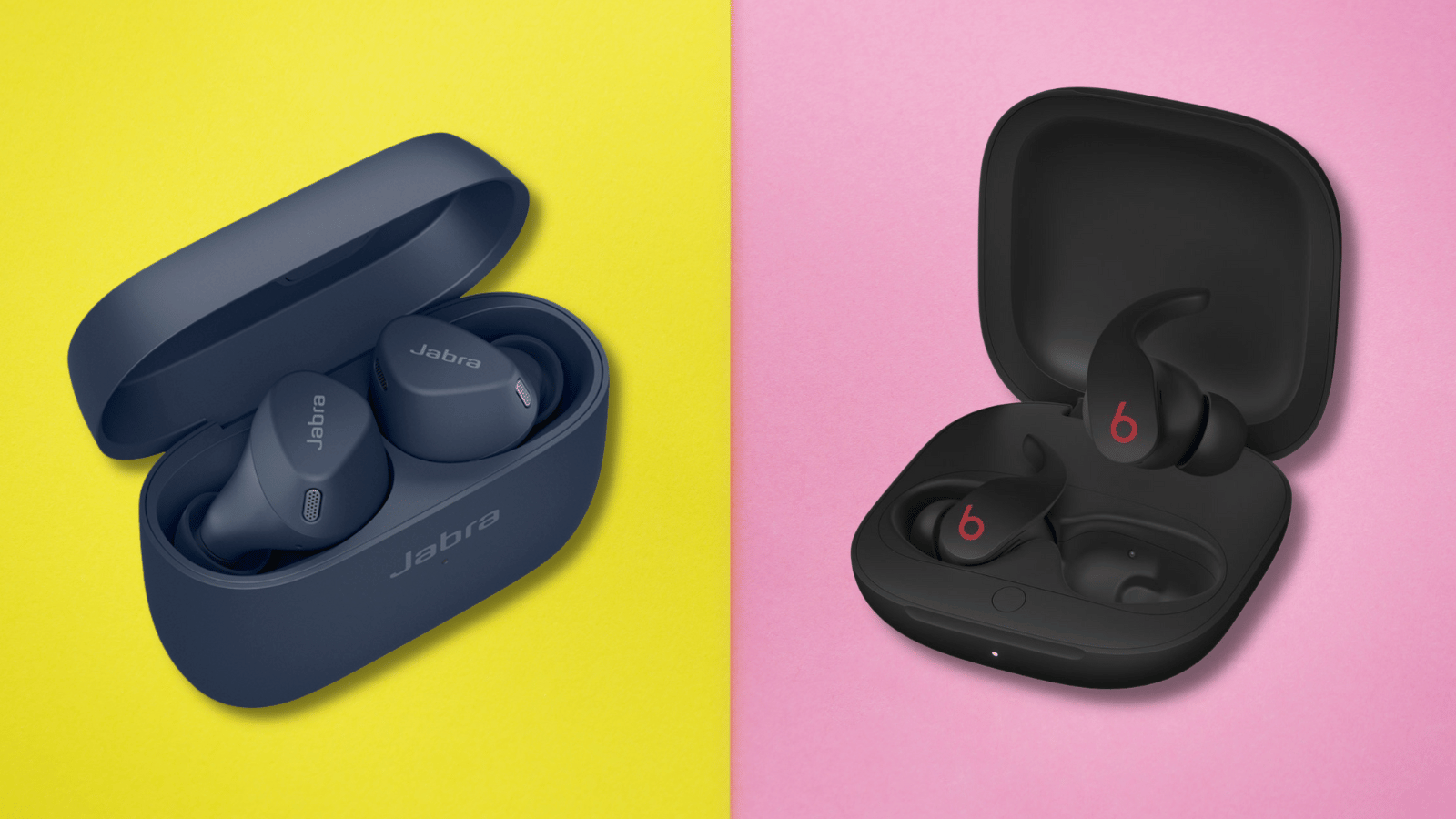
When you first start running, you’ll notice a sound like the cast of The Walking Dead heading toward a camera. That wheezing and groaning may be coming from your throat (it’s only temporary) but you don’t have to listen to it. Since you’re almost certainly toting around a smartphone (along with your keys and a few other essentials), you can bliss out to the sounds of something other than exercise.
You can spend high or you can spend low but you should be spending your money on something that will handle sweat running over it for forty minutes at a time. Jabra’s R2,000 Elite Active 4 earbuds offer a pared-back set of features but don’t neglect that IP57 rating. There’s very little you can do to these (besides step on them) to kill them. Hear-through, seven hours on a charge, and active noise cancellation make these an attractive entry point. For a bit more (R3,700) you can own a pair of Beats Fit Pro earbuds, which suit any workout you’re doing short of swimming. Weirdly, they’re only IPX4 rated, so the Jabras are more durable, but the other features, like Apple’s H1 chipset and Spatial Audio support, make the Beats a better all-round purchase.
Carry your burdens
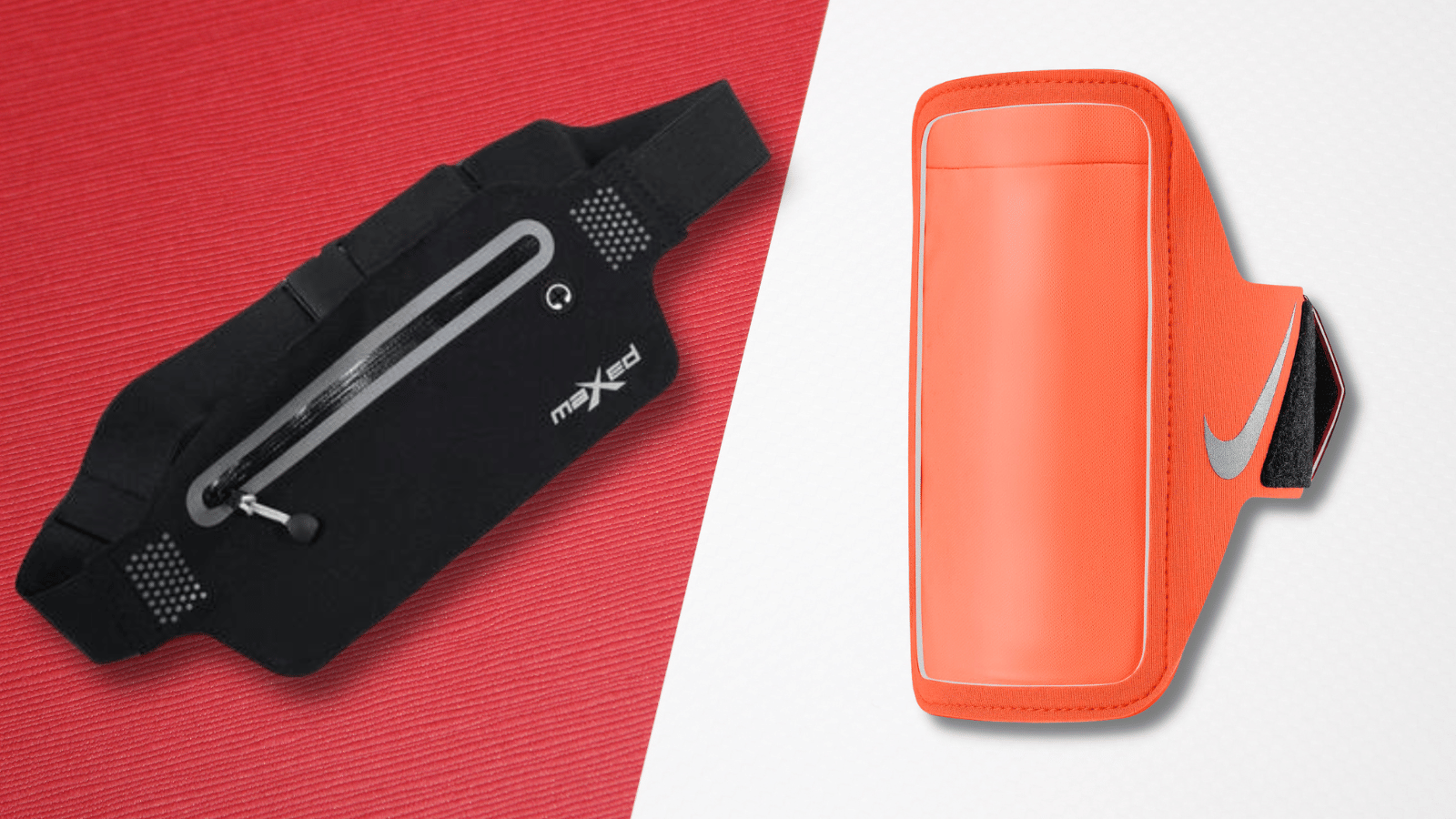
(Some) running gear has space for pockets but you don’t really want a 230-gram smartphone banging on your thigh muscles for five kilometres at a time. You can shell out for specialised pants (and jackets and shirts) with handy pockets or you can strap your smartphone around your arm like a normal person. Nike’s Lean Armband (R450) should hold most smartphones without issue while giving you a little extra reflective patch when navigating early morning or late evening traffic. If you’re carrying around a little extra (like some keys and part of a wallet), then a Maxed Running Waistband (R190) is lightweight, fairly waterproof, and easy to tuck under a shirt if you’re ashamed of looking like 1990s Dwayne Johnson.
Gear up for the road
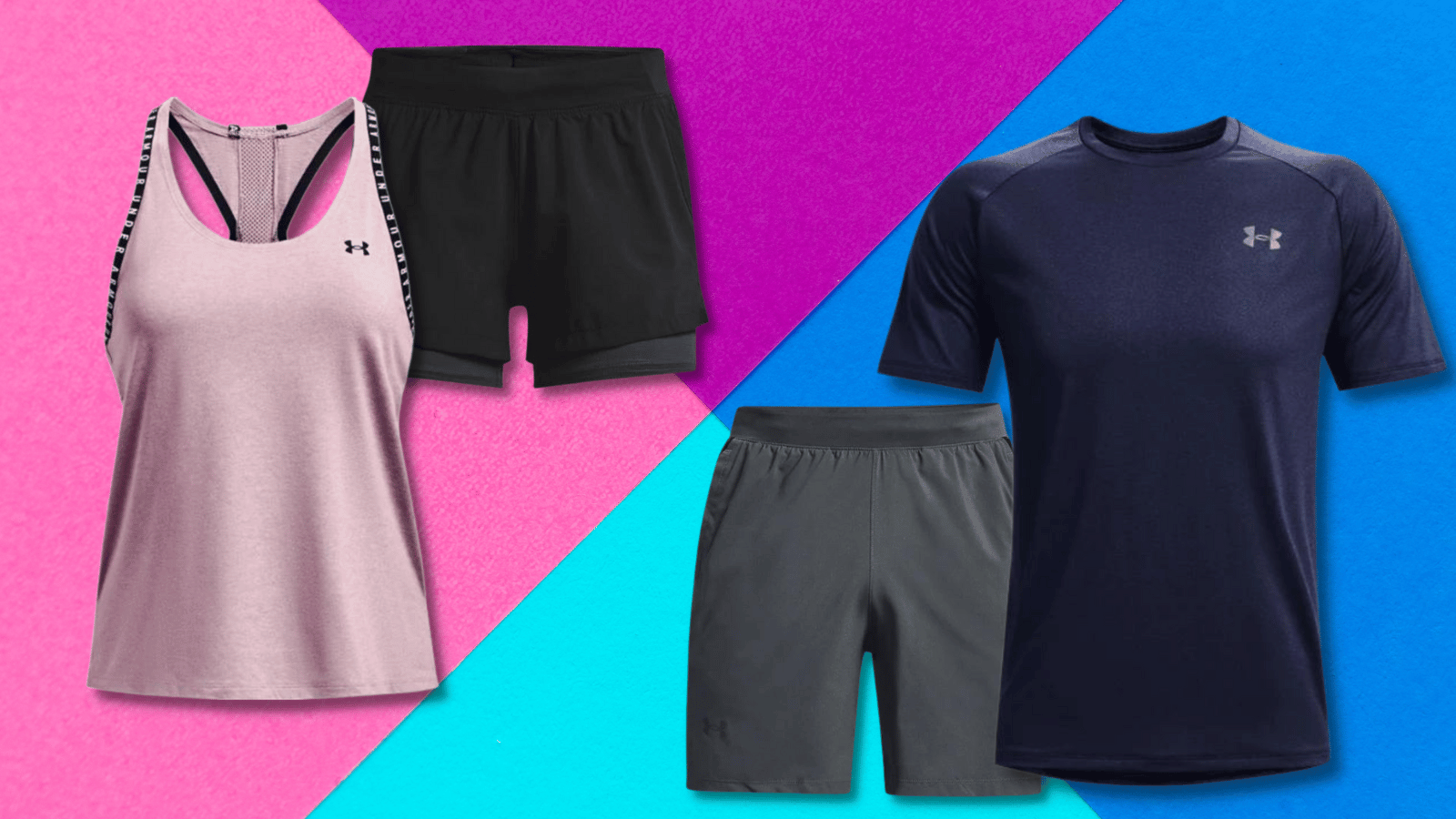
Can you go running in a set of Mr. Price shorts and t-shirt? Absolutely. In fact, if there’s one item you can completely neglect on this list, it’s specific workout clothing. It’s nice to have and it’ll absolutely make your experience more pleasant but you’ll do just fine without this cash investment. That said, you do get awfully sweaty when you’re running for an hour or more at a time. Having clothing that wicks (or dissipates) sweat effectively can mean the difference between a happy and an ecstatic runner.
We’ve stuck to items from Under Armour’s catalogue for this collection — a Men’s Tech 2.0 shirt and UA Launch Run shorts (R900 combined, at the time of writing) plus a Women’s IsoChill Run 2-in-1 shorts and UA Knockout Mesh tank top (R1,200 combined, at the time of writing) but there are so many effective options from so many brands that you could spend months researching nothing but the best clothing to wear while running. Grab something that a) wicks moisture and b) fits your budget. Two-in-one shorts are your friend (but leave the underwear at home, yeah?).
Finishing touches
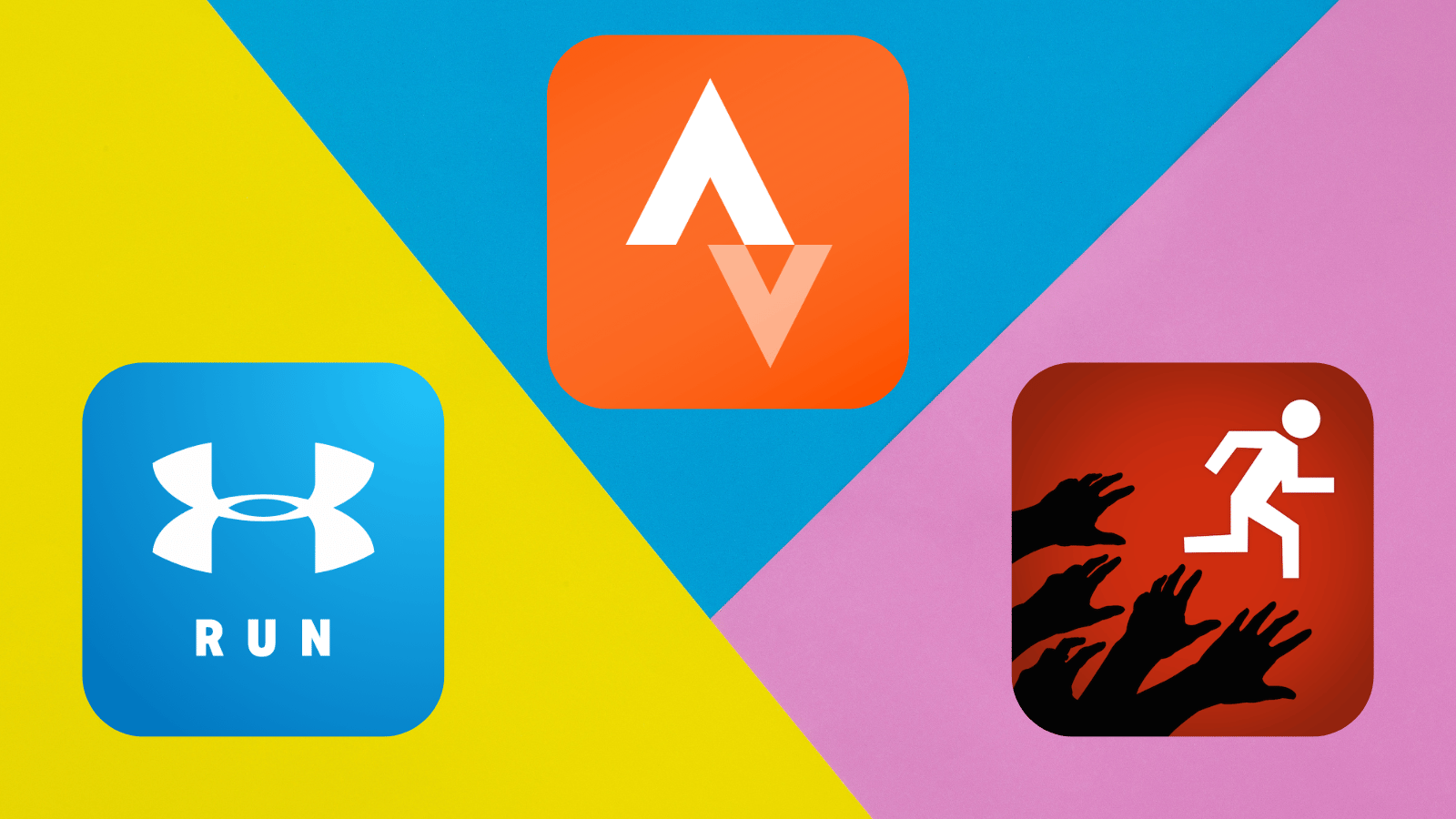
Having trouble staying motivated? Want to track where you’ve been? Own a pair of shoes with integrated Bluetooth? Those are three different apps (among many, many others) but they’re also all recommended. Zombies, Run! (Free with IAPs, Android | iOS) is a combination audio drama and run tracking program. The storyline stretches over eleven seasons, there’s a GPS-based zombie popup system, and you’ll definitely run faster when you’re done. Strava (Free with IAPs, Android | iOS) is one of the most popular tracking apps for runners and cyclists (and other athletes). It’s certainly more useful with a subscription but there’s some mileage in the free version too. Finally, MapMyRun (Free with IAPs, Android | iOS) offers Under Amour users advanced metrics and run coaching based on data from your shoes. And a bunch of other connected devices, should you own any compatible ones. You probably do.
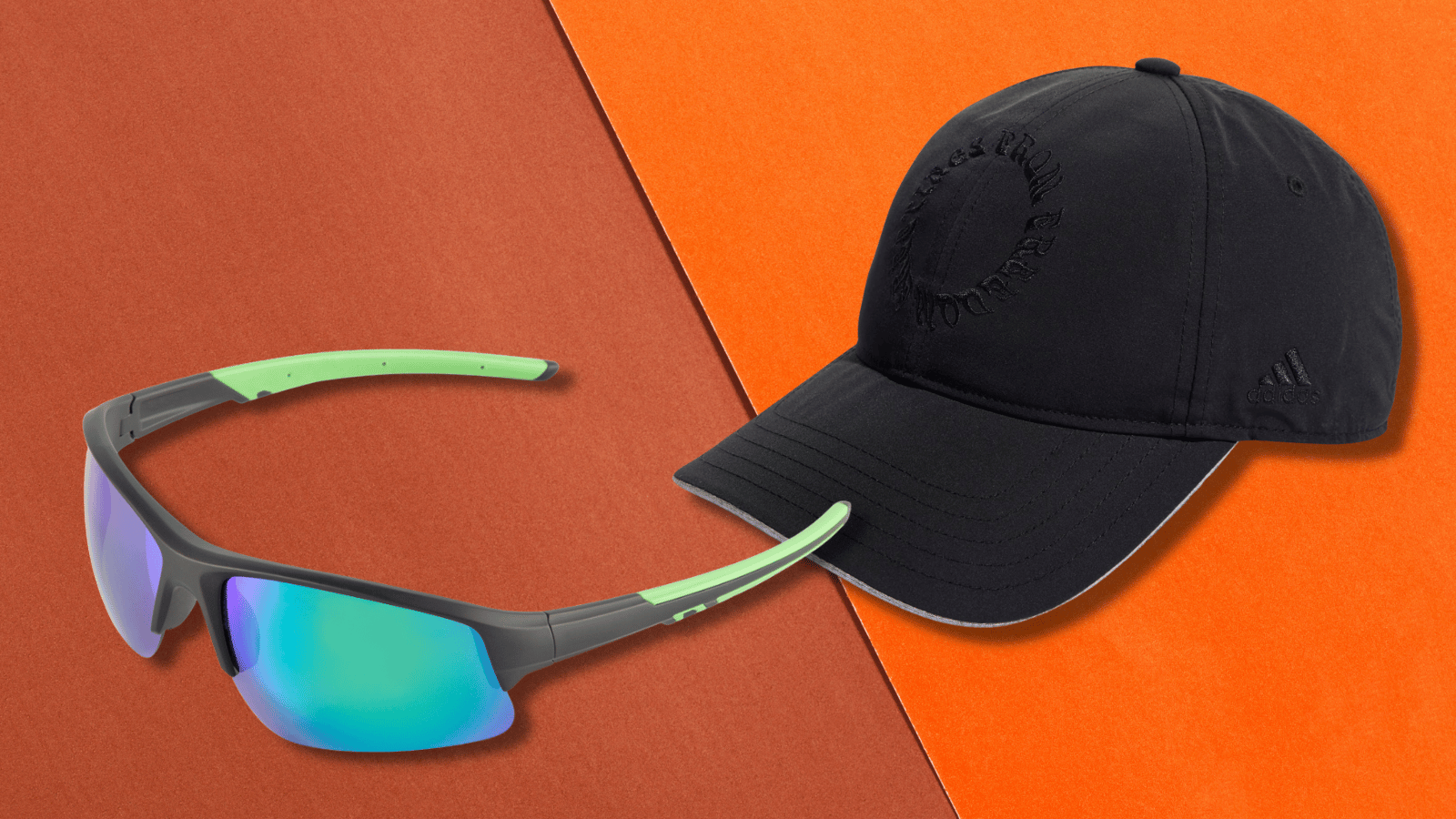
And, finally, there’s the ‘never leave home without it’ set. A hat and a pair of sunglasses should always make its way onto the run with you, though a headband might also prove to be a more useful addition instead. Yes, you can drop 500 bucks on a running-specific hat but you can also get similar results from a R100 hat. The same goes for sunglasses. Sports sunglasses (those fancy ones with the vents) will offer the best performance but you can just yank your sunnies out of your car when you’re about to hit the road. Whatever keeps you comfortable, yeah? Good luck with your fitness journey. We believe in you.

